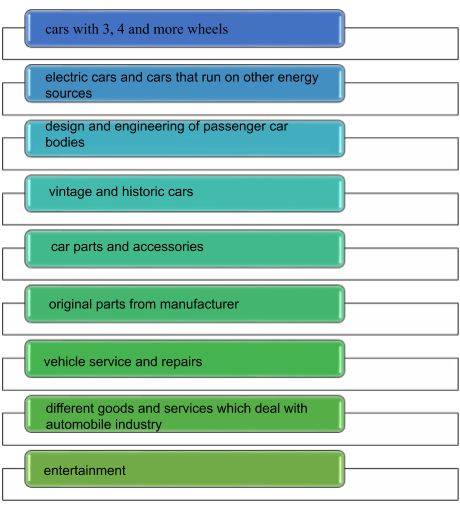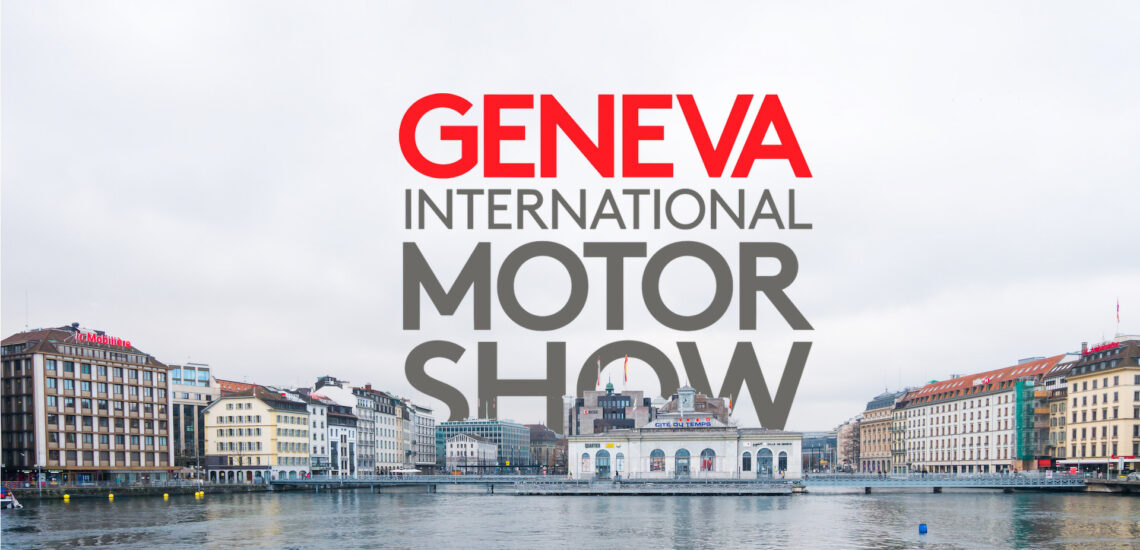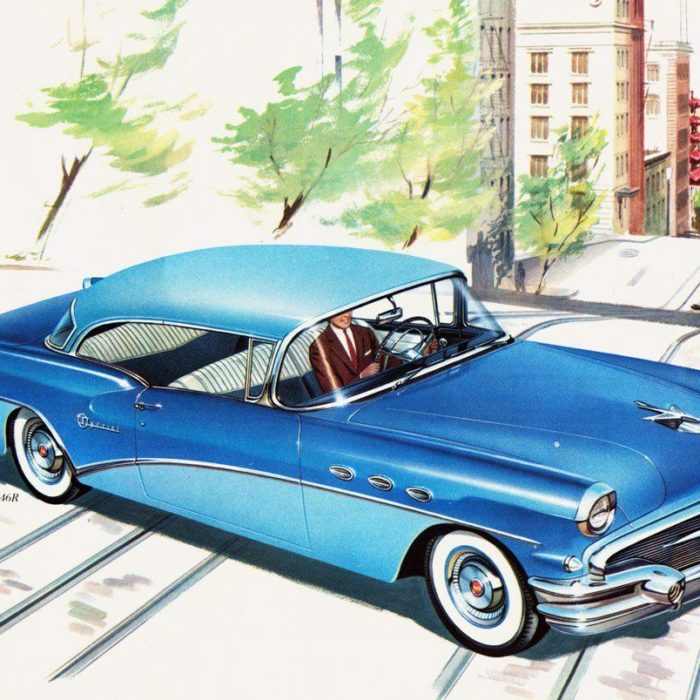Geneva Motor Show
Most international motor shows are held in even or odd years. The only exception is the Swiss Motor Show, organized in Geneva. This car show is held every year in March. The Geneva Motor Show is located in the fashionable exhibition complex Palexpo (Palais des Expositions), which annually pleases the public with its amazing exhibits. This European motor show is rich in exclusive novelties, it is often called an exhibition of concept cars, innovative technologies can be seen at the Geneva Motor Show literally at every step. At the same time, the popularity of the Geneva automobile exhibition is only growing. The show, which is located literally “on the sidelines” of the Geneva Cointrin Airport, brings together not only Europeans but also motorists from other continents. Let’s have a closer look at this event.
The history of the Geneva Motor Show
The opening of the automobile exhibition in Geneva took place back in 1905 when the so-called National Automobile and Bicycle Exhibition was held in the premises of the polling station on the Boulevard Georges-Favon. The purpose of the event was to demonstrate the first premiere of the Clement-Bayard production car to the public not yet very experienced in the automotive business. Cars of this brand were equipped with engines from 6 to 27 HP and developed a speed of up to mind-blowing 60 km/h, which was quite impressive for that time. The founder of this company, the son of a grocer, Adolphe Clement-Bayard, was a successful entrepreneur, engaged in the production of tires, bicycles, and cars, and his company’s cars were successful in competitions.

However, at that time the inhabitants of Geneva did not belong to the automobile community, so they were strongly opposed to motorization: at the dawn of the era of motors, there were often road accidents with pedestrians. Citizens often became victims of hitherto unseen self-propelled carriages. That is, the organizers of the Geneva Motor Show were fed up with the increase in the power and travel speed of cars: in 1907, due to the protests of Genevese, the organizers had to move the exhibition to Zurich since the anti-car community spirits ran so strong at home.
Then Switzerland had to forget about the national exhibition of achievements of the automotive industry. The reason was the beginning of an era of political change in Europe and the First World War. Only four years later, in 1922, the automobile exhibition returned “back home where it actually belonged” and started to acquire the features of the current automobile shows — motor companies began to equip prototypes of modern exhibition expositions and decorate them with flowers and carpet. Each car manufacturer wanted to make his car stand out of the crowd, and to impress the public and outshine the competitors, they built even larger stands. This could not but lead to a height restriction of no more than 140 cm.
In 1926, due to the need to demonstrate cars, the Palais des Expositions was built, and then it was several times expanded. Furthermore, the first exhibitions showed not only cars with combustion engines but also steam engines.
1927 saw the release of Fiat 509 Sport with a four-cylinder engine, the body for which was built by the famous Zagato Atelier, and a year later — a Ford A car with a fordor and tudor bodies.
It was in Geneva at the turn of the decades of the 20-30s of the last century that Maybach and Mercedes cabriolets shone as well as overseas Chrysler models — the Mercedes SSK model, which debuted in Switzerland in 1929 had a 6-cylinder 7.1 litres engine, which developed 170 HP.
In 1931, the presentation of Maybach Zeppelin, released in the amount of three hundred copies. This car was equipped with a 7-liter V12 with 150 HP and developed a maximum speed of 153 km/h.
In 1937, Geneva was the place of the premiere of the Italian version of the “people’s car” Fiat 500 Topolino (the “mouse”), the index of which indicated the volume of the engine equal to 500 cm3. This car was produced even after the war — until 1955. And in 1939, visitors to the Geneva Motor Show had a chance to admire the Opel Kapitan sedan.
When the fire of World War II started in Europe, there was no time for cars. The Geneva Automobile Salon was closed for as long as seven years. There were no expositions from 1940 up to 1946. But it was the motor show that gave Geneva an incentive to acquire the status of an “exhibition city”.
The releases of the Geneva Motor Show in the post-war years and now
Overall, in its history, the Geneva Motor Show has presented hundreds of world and European stock and concept cars to the sophisticated audience. The latter sometimes became the basis for future mass-produced vehicles, and more often disappeared into the bowels of the design departments of car companies.
After the war, Jaguar XK 120 Coupe debuted at the Motor Show in Switzerland. It developed a maximum speed of 193 km/h (in 1951). Another debut was the Mercedes 300 S Ponton — the progenitor of today’s S-class.
In different years, the Jaguar E-Type, Mercedes 230 SL “Pagoda” (1963), Ferrari Dino, the current flagship Citroen C6 and the departed Renault Vel Satis debuted there.
Among the most notable examples is the Simca Fulgur concept, which honored Geneva with its presence back in 1959. The layout of the “lightning” (the meaning of the word “fulgur” in Latin) was developed by the designers of the French automaker Simca, who embodied the idea of how cars will look in 2000. According to their idea, the car was to be driven by an onboard nuclear mini-reactor, have only two wheels balanced by gyroscopes, and reach the speed of up to 150 km/h. The standard equipment also included a radar.

In March 1971 Lamborghini unveiled the LP500 concept in Geneva. Though, the possibility of mass production of this car was not initially considered. However, the prototype of Marcello Gandini’s work received enthusiastic responses, and in 1974, Lamborghini said it had started production of the car. The production version was named Countach, and a 5-litre V12 engine was replaced with a 4-litre 375 HP, aggregated with a 5-speed manual transmission.
It was the Geneva Motor Show that almost all world manufacturers used as the premiere show, starting with democratic Koreans Kia and Hyundai and ending with exotic “piece” brands like Koenigsegg, luxury Rolls-Royce, Lamborghini, Ferrari, and others. Debutants of Geneva were Audi 80, Audi 100, and the first generation A8 with the aluminum body, Ford Granada, Capri, and the first generation of Mondeo, in 1981, Volkswagen debuted with its Scirocco model. Moreover, the future world bestseller Ford Focus of the first generation debuted here in Geneva in 1998.
French car companies have traditionally chosen Geneva as the place for the debut of their flagship models. In 1992, Renault debuted with their Safrane sedan, and in 2001 — with a large hatchback Vel Satis. The Citroen C6, which now heads the French brand’s model range, also made its debut at the Geneva Motor Show — it had a concave rear window, which stood out from all the rest.
Traditionally, many design concepts, the most famous coachbuilders and products of tuning companies come to Geneva to show their cars and innovations — the floating Roadster sQuba alone is enough or the current bamboo beach car from the Swiss company Rinspeed, the main activity of which is the refinement of Porsche cars.
The oldies in a new guise
Anyone who closely follows what is happening in the auto world knows that recently car showrooms rarely surprise the customers with fully updated versions of traditional models. In most cases, the words as loud as “the world” or “European premiere” imply almost unchanged car, and the innovations are all about barely noticeable details in the exterior like pimples and radiator grilles or optics. And in some cases, the changes are completely hidden under the hood. Does this happen at the Geneva Motor Show? Yes, and quite often. Nevertheless, the organizers strive to keep the bar of requirements for participants high enough. Everything and everyone comes to Geneva.
Another distinctive feature of the Geneva Motor Show is its advertising posters — for many decades, the organizers of the show have accumulated quite a bit of graphic design works that fit in a thick book published and dedicated to one of the last anniversaries.
Geneva Palexpo is also a grand platform designed for world exhibitions, conferences, forums, and congresses that witnessed serious social, political, and economic debates at meetings and meetings associated with the exhibition.

The International Organization of Motor Vehicle Manufacturers (Organisation Internationale des Constructeurs d’Automobiles or OICA) is responsible for holding the motor show in the heart of Europe. This exhibition has always been famous for the presence of the most exotic supercars. Every year, in spring, Geneva announces prototypes of new vehicles, the latest achievements in engineering, and the results of international cooperation between various companies.
Over the years of exhibitions, this motor show has acquired its distinctive nature: many spectators come to Geneva specifically to see the unique developments of leading car manufacturers. There is also a growing interest in the section of restored vintage cars, often preserved in single copies. 2005 the Geneva Motor Show received the largest number of viewers in its history that coincided with its 100th anniversary. About 750 thousand people visited the salon. Most of them were foreign tourists who flew to Geneva specifically to participate in the motor show. On average, the audience of the motor show is about half a million viewers each year.
Sections of the Geneva Motor Show include nine items:

So far, the event in Geneva brings together only the best manufacturers. You may also have a chance to visit this motor show someday. But even if you decide to drive a regular car, you need to have a driver’s license. However, keep in mind that you must have an international license to drive safely everywhere in the world. Therefore, we invite you to quickly and easily apply for an international driver’s license on our website. We will save you time, and in return, you will get your international driver’s license.






